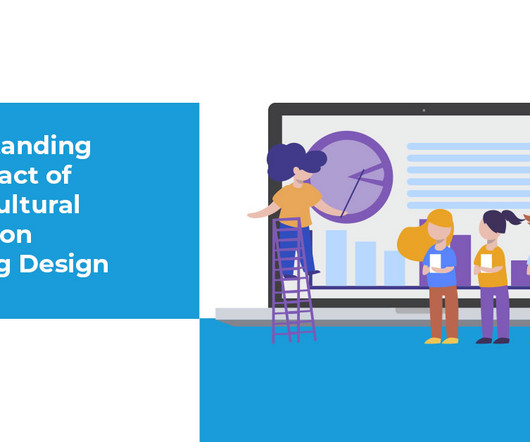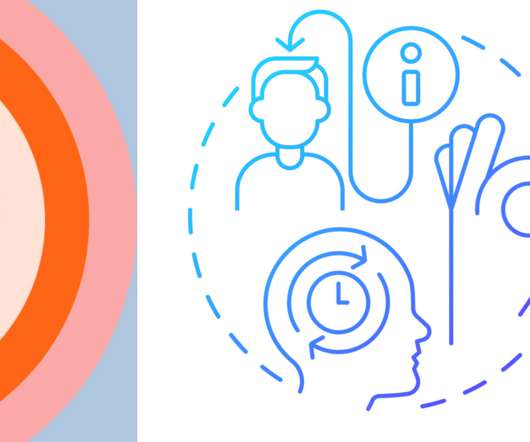The Benefits Of Blending Online And Offline Training: What You Need To Know
Dynamic Pixel
JANUARY 26, 2023
That’s why blending online and offline training methods can help you provide your employees with the best of both worlds. In this article, we will discuss the benefits of using a combination of online and offline training methods, as well as what you need to know about implementing this type of offline learning in your organization.































Let's personalize your content